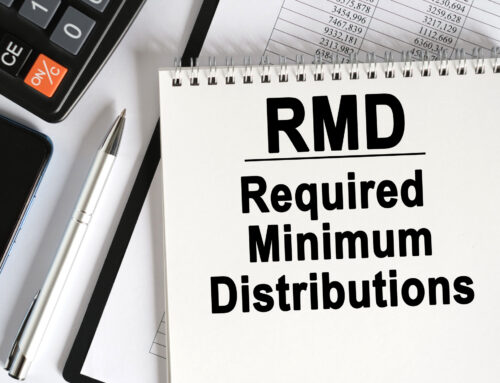The Setting Every Community Up for Retirement Enhancement (SECURE) Act is a response to a changing retirement landscape: Americans are living and working longer, working part-time in retirement, and are less likely to have the option to rely solely on pensions. When personal savings must stretch further, it’s important for retirees to have a plan for their income in retirement. Luckily, there are ways the SECURE Act can help make saving for retirement easier.
RMDs Pushed Back
Prior to the SECURE Act, Required Minimum Distributions from traditional IRA, 401(k)s, and other qualified retirement plans were due starting at age 70 ½. For some retirees, RMDs mean withdrawing more than they want to in one year. This can mean potentially getting bumped into a higher tax bracket and losing out on years of tax-free growth. Since Americans are living and working longer, the SECURE Act changed the Required Minimum Distribution age to 72. This means potentially having more time for your funds to grow, and more time to plan how you can make the most of your RMDs. This change could mean rethinking your Social Security claiming strategy, considering a Roth conversion, or deciding how you can reinvest withdrawals.
No Contribution Age Limits
The SECURE Act eliminates the maximum age for traditional IRA contributions, which was originally 70 ½. While not everyone may want to, or be able to contribute past this age, it can help those who are working into their 70’s or working part-time in retirement. It could potentially help them to reduce their tax burden in retirement and take advantage of tax-free growth.
More Opportunity for Part-Time Workers
Currently, part-time workers who work less than 1,000 hours in a year can’t participate in their employer’s 401(k) plan. Starting in 2021, employees who work at least 500 hours per year for at least three consecutive years will be eligible.
Expanded 401(k) Options
The burden of funding retirement has shifted more to the individual since Baby Boomers started their careers. Fewer retirees have pensions and must rely on their own savings. To address this, the SECURE Act requires 401(k) plan administrators to provide annual lifetime income disclosure statements to plan participants. These give an estimate of how much money someone could have per month if they used 401(k) funds to purchase an annuity. The new law also makes it easier for 401(k) plan sponsors to offer other lifetime income offers.
There are several opportunities in the SECURE Act to take advantage of, as well as pitfalls to avoid. At Zinnia Wealth Management, we can help you navigate all of these changes and update your retirement plan. Click here to sign up for a complimentary financial review so that we can discuss how you can benefit from the changes in the SECURE Act.







